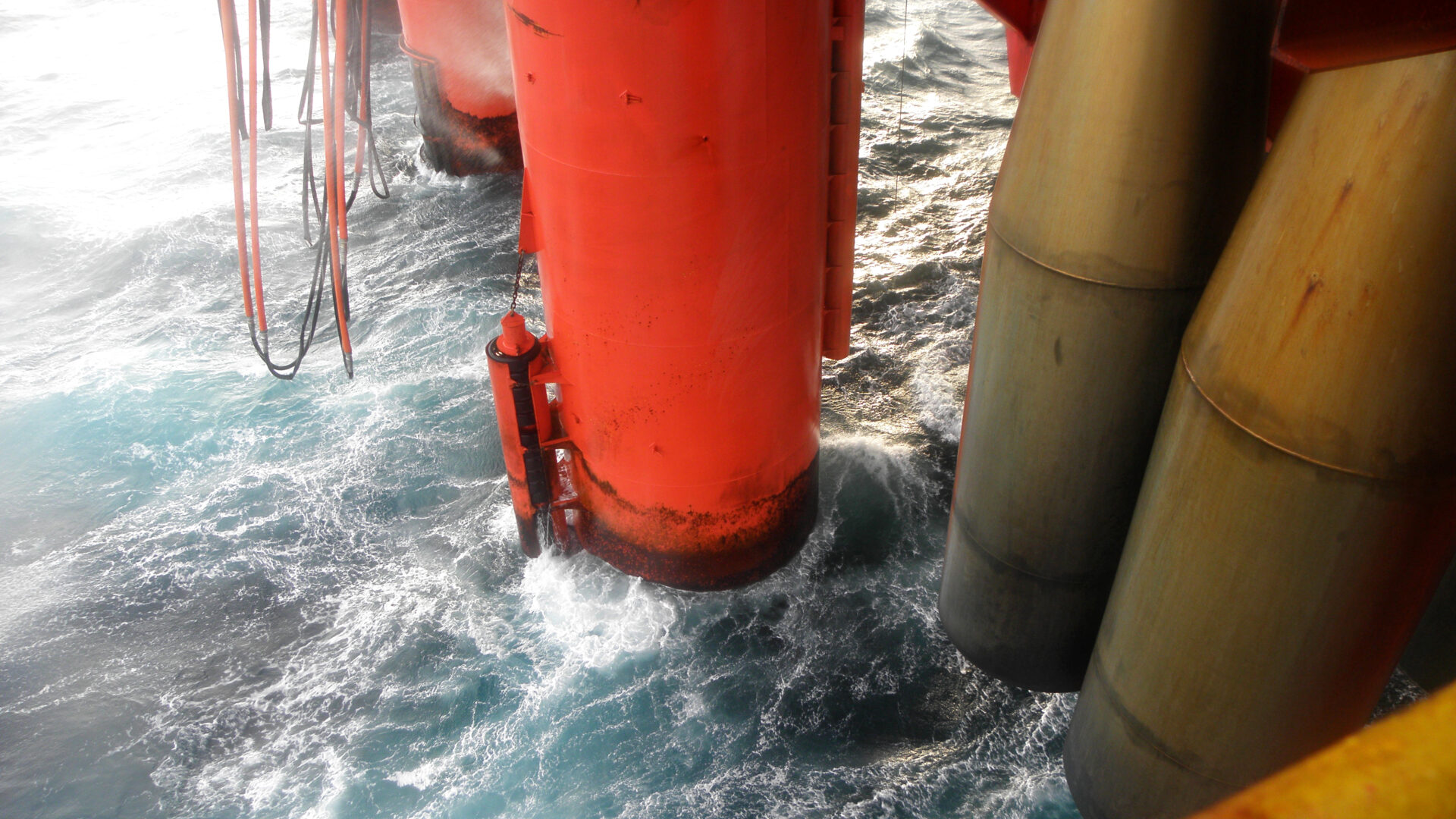In 2013, the first oil discovery was made in the frontier Hoop area in the Norwegian Barents Sea. What did it mean to AGR’s Well Management team to rise to the challenges of extreme conditions and managing operations in sensitive environments?
The Wisting Central and Wisting Alternative wells were drilled safely and successfully in highly challenging conditions in the Barents Sea. Located in license area 537, more than 300 km north of Hammerfest in Northern Norway, the wells were the most northerly to have been drilled in the area at the time.

(Picture: Equinor)
Wisting Central (7324/8-1) was drilled between August-September 2013, in a water depth of 398 m. The total measured depth of the well was 930 m and the discovery of oil was widely regarded as a breakthrough in an area which had not previously seen exploration drilling. Wisting Alternative (7324/7-1 S), the wildcat exploration well, was drilled between September to November in water depth of 413 m and total measured depth of 2,353 m.
The drilling operations were conducted using the deepwater Leiv Eiriksson rig, which was specially prepared beforehand to operate in Arctic conditions. Having previously managed a multi-client drilling campaign in the South Atlantic using the Leiv Eriksson, our Well Management team was highly familiar with the rig. Schlumberger provided integrated drilling equipment for the campaign working with a number of other technical suppliers.
Operating in the Hoop area presented a number of key challenges in planning and execution of the campaign. With an extremely shallow reservoir, well design needed to follow special criteria to manage the pressure. Little previous experience or well data was available for the operations team prior to operations. The possibility of icing was another key element that had to be factored into the project.
Also of critical importance was the provision of emergency response capability and resources – a particular challenge when operating in such a remote location. To meet this vital requirement, vessels with Norwegian Clean Seas Association for Operating Companies (NOFO) preparedness were at the rig site throughout the reservoir drilling operation.
Central to the extensive emergency response capability on hand throughout the project was the meticulous preparation in advance, including environmental survey and workshop activity, that our HSEQ team led.
Project planning and execution
Both the logistics involved in delivering a project in such a northerly location and challenging weather conditions had important roles to play during the operations. A number of standard planning processes and work routines had to be adjusted to be fully prepared for unexpected situations.
AGR worked with integrated teams from our Oslo and Stavanger offices. The main hub was established in Stavanger, with the Oslo team seconded there for mobility and better integration into OMV’s operational team.
In preparation for the project’s environmental challenges, together with Aberdeen Drilling School we facilitated a training course focused on special environmental conditions as well as the nature of shallow reservoir operations. Both the rig crew and teams onshore participated in the course.
In addition, manpower and rig crew were trained and tutored to work in winter and icing conditions. Windchill factor was measured constantly to make sure the manpower was protected. With and extremely high emphasis on HSE throughout, we had our Safety Coaches present on the rig as part of the strict HSE regulatory requirements followed by the Operator.
The planning process for the Wisting operations started one-and-a-half years in advance. From the outset it was agreed that two wells should be drilled as there were multiple targets in different stratographic layers, located at different depths. This meant that two different well designs had to be developed.
Because of the shallow reservoir, intensive effort was put into well design to control the bore pressure and mitigate risks for any blow out. To do that, the well design was planned with one relief well to kill a possible blow out. Due to the very narrow bore design the casing of the main bore was magnetised in order to hit the relief well more easily.
Polarbase in Hammerfest – approximately 17-hours sailing time from the Leiv Eiriksson’s location – was used as the operational base for delivering equipment to the rig. All equipment from Stavanger and Bergen had to be delivered to Polarbase a minimum of five days prior to its usage in order to secure contingency and avoid any delays on the rig. Our logistics team together with a supplier handled all the logistics. This included loading of trucks with necessary equipment and driving it to Hammerfest via Sweden and Finland to shorten the delivery time. Customs clearance and paper management had to be completed concisely for all the logistical operations to secure delivery on time to the ship leaving Polarbase for the rig. Detailed planning and timing was critical to the success of the logistics for this complex project.
Unlocking the potential of PL 537
The presence of oil at Wisting Central was proven through wireline logging, wireline testing, and coring.
The objective of the well was to confirm the exploration concept and to prove hydrocarbons in the middle to lower Jurassic reservoir rocks of the Upper Realgrunnen subgroup on the Hoop High area, which had not previously seen any exploration drilling.
The well results were a breakthrough for the regional exploration activities since the presence of good-quality oil showed the possible large potential of an area, which has since seen more exploration drilling. Today, OMV is the operator with 25% share in the exploration license, with its joint venture partners Petoro, Idemitsu, and Statoil. More information about the plans and goals for the license can be found on OMV webpage.



